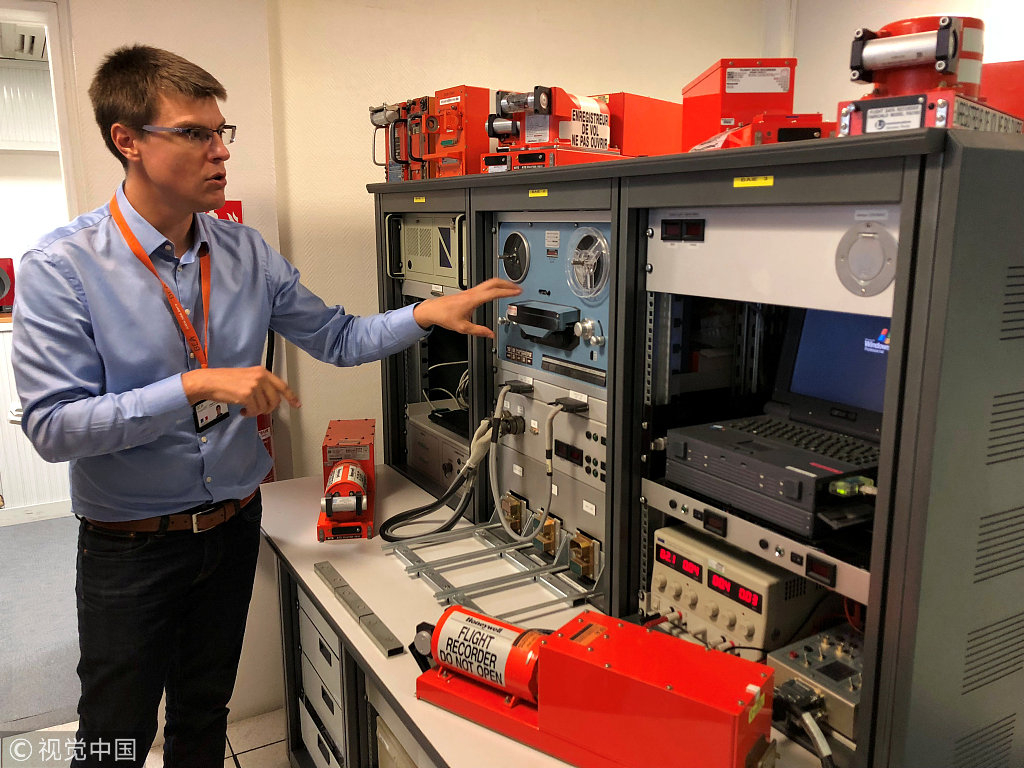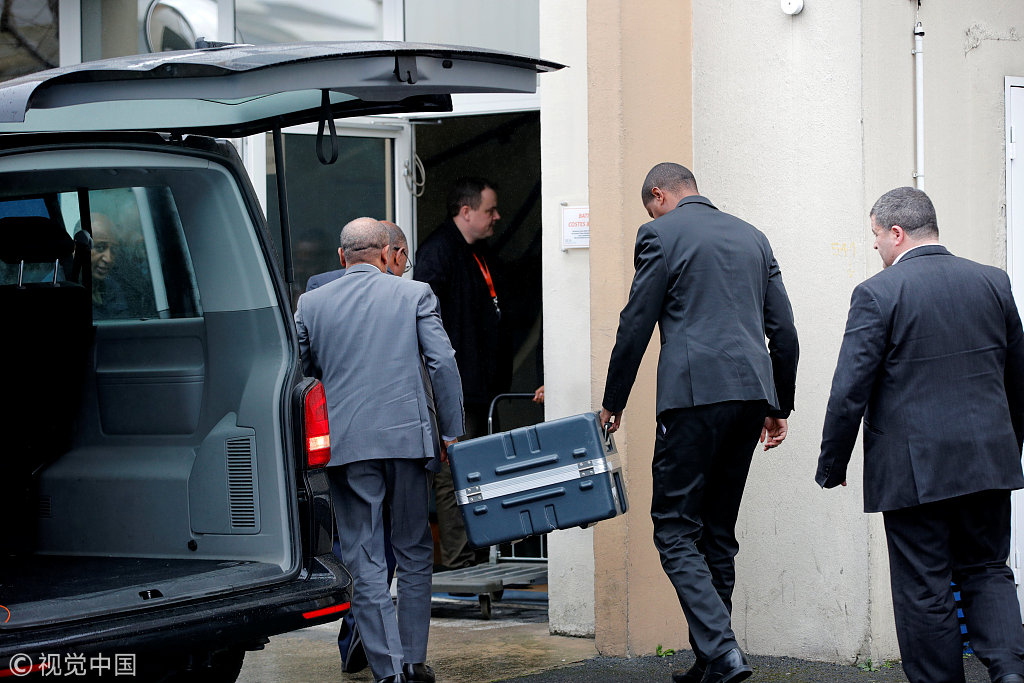
Technology
15:03, 18-Mar-2019
What does the black box tell us so far about the Ethiopian Airlines crash?
Updated
15:36, 18-Mar-2019
CGTN
00:55

Black box data recovered from an Ethiopian Airlines jetliner that crashed last week show "clear similarities" with a recent crash in Indonesia of the same type of aircraft, Ethiopia's transport minister said on Sunday.
While declining to give details, Dagmawit Moges told journalists the parallels would be the "subject of further study during the investigation," with a preliminary report issued in "30 days."
The announcement came a week after Ethiopian Airlines flight 302 plummeted into a field southeast of Addis Ababa minutes into its flight to Nairobi, killing all 157 people on board.
The disaster caused the worldwide grounding of the Boeing 737 MAX 8 aircraft involved after aviation regulators noticed similarities with the October crash of an Indonesian Lion Air 737 MAX 8 that killed all 189 passengers and crew.

An official from France's BEA air crash investigation agency speaks near the machines used to listen to tapes that are recovered from black boxes. /VCG Photo
An official from France's BEA air crash investigation agency speaks near the machines used to listen to tapes that are recovered from black boxes. /VCG Photo
Both planes reportedly experienced erratic steep climbs and descents as well as fluctuating airspeeds before crashing shortly after takeoff.
Questions have honed in on an automated anti-stalling system introduced on the 737 MAX 8, designed to automatically point the nose of the plane downward if it is in danger of stalling.
Both the Lion Air jet and the Ethiopian Airlines aircraft were fitted with the system -- the Maneuvering Characteristics Augmentation System (MCAS).

Men unload a case from a diplomatic car from the Ethiopian Embassy outside the headquarters of France's BEA air accident investigation agency in Le Bourget, north of Paris, France, March 14, 2019. /VCG Photo
Men unload a case from a diplomatic car from the Ethiopian Embassy outside the headquarters of France's BEA air accident investigation agency in Le Bourget, north of Paris, France, March 14, 2019. /VCG Photo
What is the MCAS system anyway?
MCAS was introduced by Boeing on the 737 Max 8 because of the heavier, more fuel-efficient engines, which changed the aerodynamic qualities of the workhorse aircraft and can cause the plane's nose to pitch up in certain conditions during manual flight.
Angle of attack sensors on the aircraft tells the MCAS to automatically point the nose of the plane down if it is in danger of going into a stall.
This is done through horizontal stabilizers on the plane's tail which are activated by the aircraft's flight control computer.
According to Boeing, MCAS does not control the plane during normal flight but "improves the behavior of the airplane" during "non-normal" situations.
These could be steep turns or after takeoff when a plane is climbing with flaps up at speeds that are close to stall speed.
According to the flight data recorder, the pilots of Lion Air Flight 610 struggled to control the aircraft as the automated MCAS system repeatedly pushed the plane's nose down following takeoff.
The pilots of the Ethiopian Airlines plane reported similar difficulty before the aircraft plunged into the ground shortly after takeoff.
Source(s): AFP

SITEMAP
Copyright © 2018 CGTN. Beijing ICP prepared NO.16065310-3
Copyright © 2018 CGTN. Beijing ICP prepared NO.16065310-3